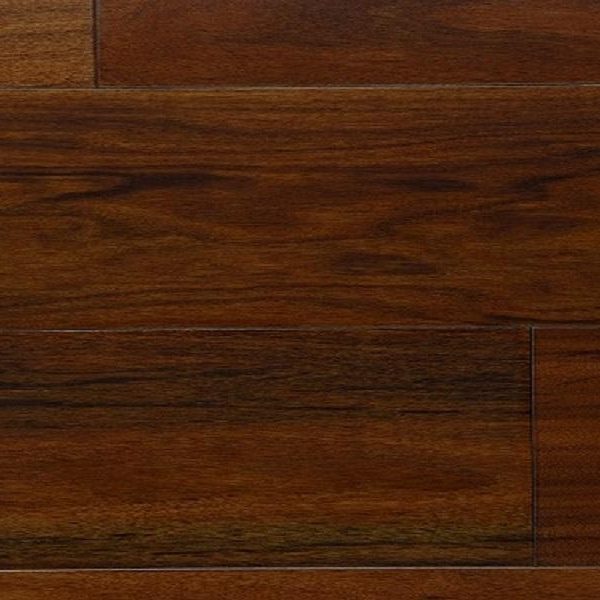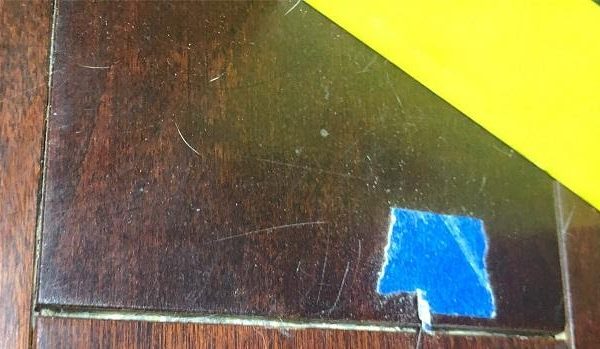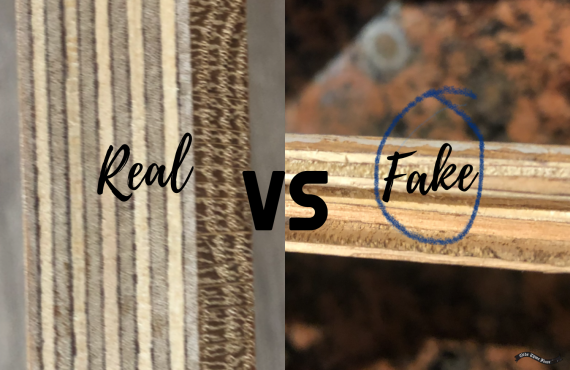The word “professionalism” is not cavalier. Whenever it’s used, the speaker should be fully aware, and supportive, of the inseparable integrity that guides it. With such integrity, Virgil guided Dante through the nine circles of Hades, and on up the mountain of Purgatory. To that integrity we can also add trust, experience, wisdom, and a deep appreciation for the truth.
The following story will not be escorting you through blighted cities of torturous demons, or around rocks along the edges of perilous chasms, but it is indeed about professional integrity. Or rather, the importance of having it on your side when times get difficult, and a certain kind of wisdom is needed.
The case report of A. Jones
In August of 2019, A. Jones had engineered hardwood floors installed at her home in Palmdale, California. The floors were what the manufacturer described as “Curupay Teak”, with a dark surface that evoked pleasing contrasts against the home’s lighter-colored walls.

But a little over three months after installation, Ms. Jones noticed that all was not right with her new purchase. She noticed that some of the boards on the 2nd floor were cupped and warping. Later, she would learn the proper term for this condition: dry cupping. The National Wood Flooring Association (NWFA) defines dry cupping as “a concave or dished appearance of individual engineered flooring planks with the edges raised higher than the center.”
Rightfully distraught, Ms. Jones contacted the original installer, who dispatched a team post-haste to address the problem. The team went upstairs, replaced the damaged boards, and assured their customer that everything would be fine from now on. Except…everything was not fine. Several of the boards now had unsightly gaps at the butt-ends between them. Others were cracked. Looking at the floors, Ms. Jones could not help but suspect that the installation had not been conducted properly. But to whom could she turn with her problem?

In August of 2020 she contacted an NWFA certified flooring inspector and told him what was going on. That same month, the inspector paid a visit to her residence. He conducted a detailed analysis of the upstairs floors. This included the use of a feeler gauge to measure the gaps at the butt-ends of the boards. Some of the gaps were wide enough to take three blades of .026”, .010”, and .012”, resulting in a total gap of .048”. Other gaps measured at .025” and .062”.
These measurements raised serious concerns with the inspector about installation procedure and product quality. He had an attorney contact the factory and the installer. The attorney discovered that indeed, these two parties had been arguing about the product’s quality beforehand. Not only that, but parts of the product came damaged out of the box. The damaged parts were discarded, but the fact of their existence was troubling.
The inspector was also able to determine that on the day of installation, jobsite temperature and relative humidity were not in alliance with manufacturer specifications. These specifications state that:
-
- Floor surface temperature must be maintained between 60-80 degrees F.
- RH must be maintained between 35%-55%
Instead, these were the conditions on the day of installation:
- Temperature, 92.3 degrees F.
- RH, 26.5%
Due to the above findings, A. Jones became successful in her efforts to have the flooring replaced. The California Song-Beverly Act of 1970 establishes for buyers of consumer goods damaged by a failure to comply with obligations stated in that act, compensation for the following:
- damages
- equitable relief
- civil penalties
- recovery of litigation costs and expenses, including attorneys’ fees
Because parts of the product were damaged out of the box, the manufacturer was deemed responsible for replacing the floor. The discoveries made by the inspector made all the difference.
What it means to hire an NWFA certified flooring inspector
If you’re having issues with your hardwood floors, hiring an NWFA or other properly certified flooring inspector will get you an unbiased investigation that is fully committed to discovering what went wrong, and why. Expect to hear a lot of questions and witness a great deal of meticulous analysis. This because a certified inspector is interested in facts, not speculation. Along with a visual inspection, he or she will also collect data through the use of tools such as thermo-hygrometers, feeler gauges, and gloss meters. All of these things plus more happen so that the truth is revealed.

An NWFA certified inspector is a professional. As mentioned above, that word is affiliated with many others having to do with what any commissioning party expects for their hard-earned money. The road to truth can have many turns, but with a guiding hand to lead the way, your destination, like Ms. Jones’, is well within reach.





No comments yet.